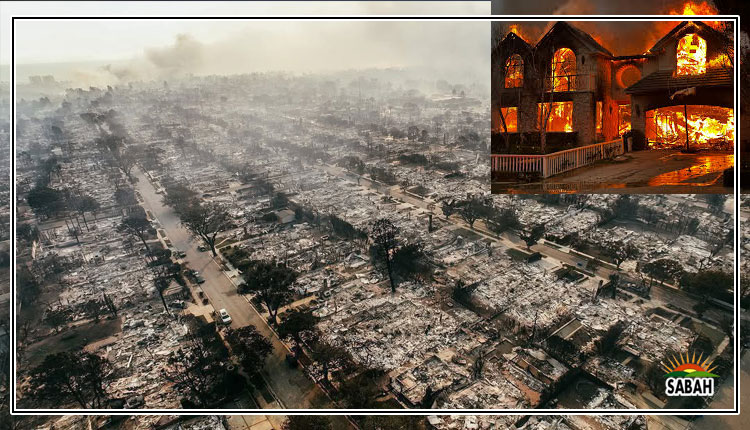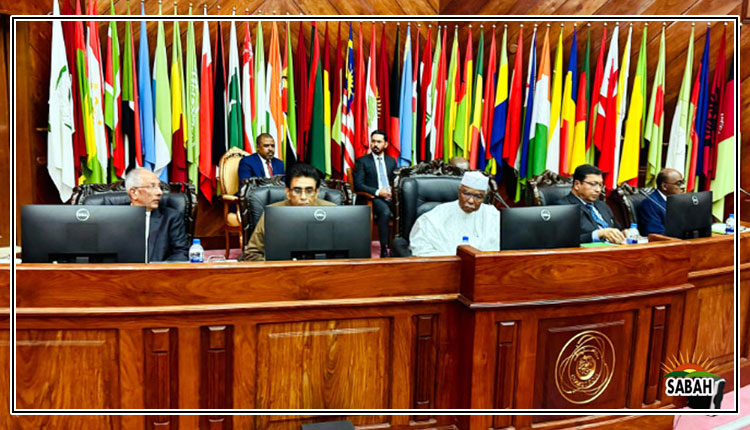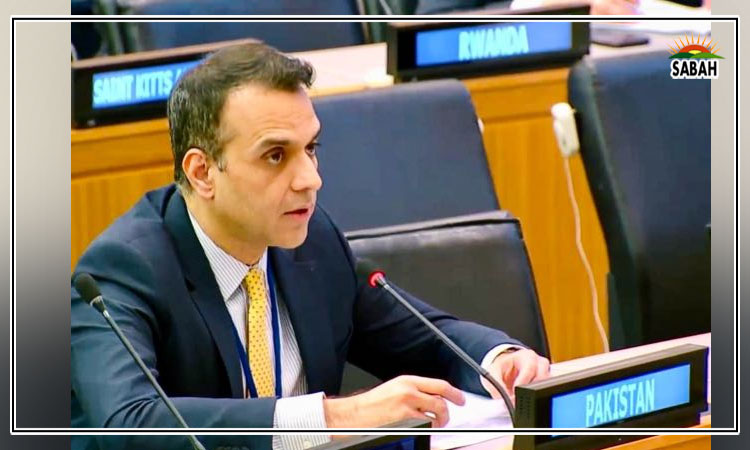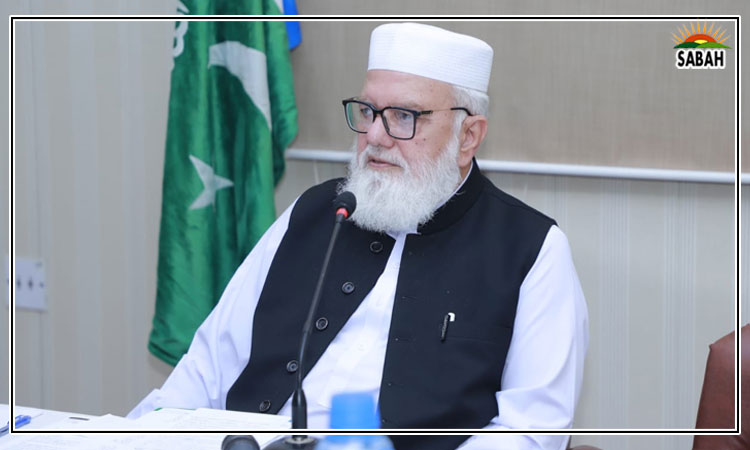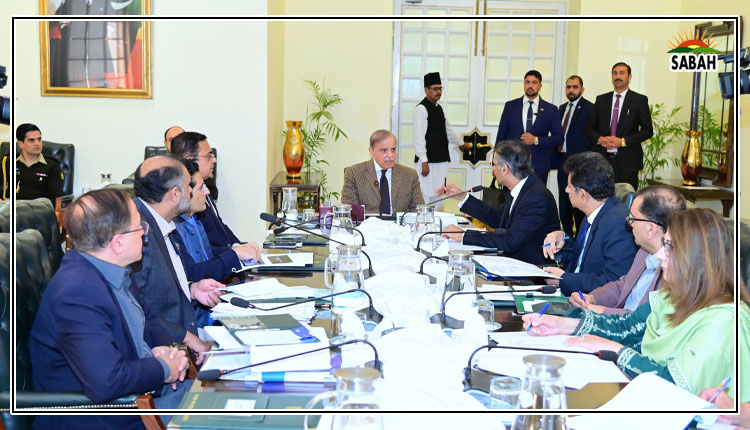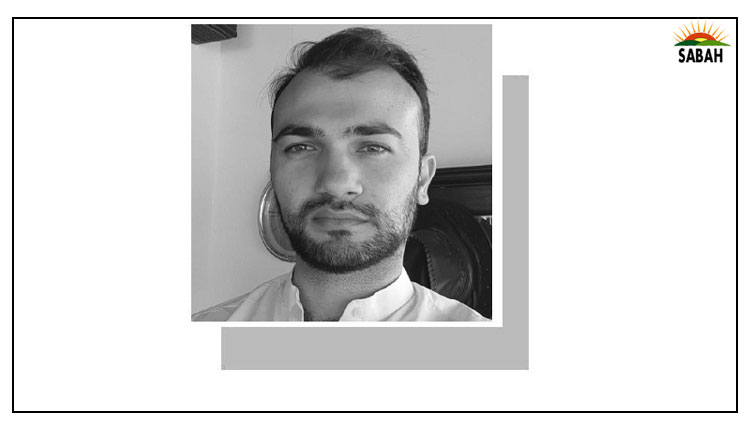Water for some ….. Danyal Adam Khan
IN 2024, the fact that almost half of Pakistan’s urban population must go without access to water has to be one of the biggest service delivery disasters in the history of our country.
The stark inequity is best framed through a comparison of two statistics. On one hand, a recent ADB report on sustainable urbanisation claims that 43 per cent of the country’s urban population does not have access to water. On the other, every study tells us that groundwater in our cities has been depleting at an alarming rate — such as 1.7 metres per annum in Islamabad, according to UN Habitat. This means water is being used up rapidly, just as half of us live without it.
Broadly speaking, there are three direct ways in which climate change manifests itself in cities: air quality, temperature, and either a scarcity or an excess of water. With each of these elements, there is a disproportionate impact on lower socioeconomic classes, which is exacerbated by a mismanagement of available resources. In other words, climate change may be giving rise to new problems, but these are based on inequities we have already created.
One thing is absolutely fundamental to understanding this: the problem of cities and climate change is multifaceted and has to be addressed holistically, instead of through isolated project-based interventions. For instance, the major cause of urban flooding is an excessive concretisation of cities, which is a direct result of flawed land-use policies, as well as a crippling reliance on private vehicles which forces us to pave highways everywhere. This concretisation also happens to be linked to groundwater depletion, since it increases surface run-off and doesn’t allow rainwater to permeate.
The highways, in turn, are a by-product of the rampant privatisation and commodification of land which has made us a nation of housing societies. Buying up (often forcibly) land on the outskirts of cities means they need to be connected to the urban core with superhighways and untenable sprawl. The cars that then reluctantly ply these in the absence of public transport not only cause congestion, but are the biggest source of carbon emissions in cities and a major contributor to the urban heat island effect.
Importantly, these private housing societies are often not provided water connections by municipal authorities, but rather use boreholes to freely pump out of a mutual water table, just like affluent households in the urban core. And if the state does not have the capacity to provide water, it certainly has no capacity to regulate unchecked usage through private boreholes. It all comes full circle.
In every scenario, it is the poorest segment of urban society which is made to suffer the biggest burden. This segment makes up a disproportionate amount of the 43pc of our urban population without water, 67pc without solid waste management, 18pc without sanitation, and 57pc residing in slums.
Many in the development sector point to how much Pakistani cities lose out by not ‘recovering cost’ for the municipal facilities they provide, such as water. They claim that this results in low-quality public services in exchange for a massive subsidy burden on the government. There is an element of truth to this. It is impractical to believe, for example, that we can go on for long without charging for water use — especially given our consumption habits in the face of per capita scarcity.
But instead of jumping on the privatisation bandwagon, it is important to remember that water is not only a fundamental human right, it also has no alternative. Any model we adopt, as a result, has to be equitable and redistributive. This means the state is compelled to provide a certain amount of water (according to an internationally agreed minimum requirement) free of charge. Doing otherwise would not only be criminal, but would also create even more perverse incentives to cheat the system.
So what are the alternatives? A possible three-step solution could look something like this: 1) invest in an urban water-metering system, without which we are blind to how much is being consumed, and where; 2) charge a progressive tax on excess usage above the minimum provision; 3) use these funds to extend the water and sanitation network to full coverage, repair dilapidated infrastructure, and invest in rainwater harvesting and groundwater recharge.
The status quo is a result of too little regulation, not too much of it. Without it, we will continue to live in a situation where the privileged pump out water without cost or accountability, and the marginalised are pushed further into a state of perpetual deprivation. When no rules apply and no system exists, everyone loses in a race to the bottom.
Courtesy DAWN



